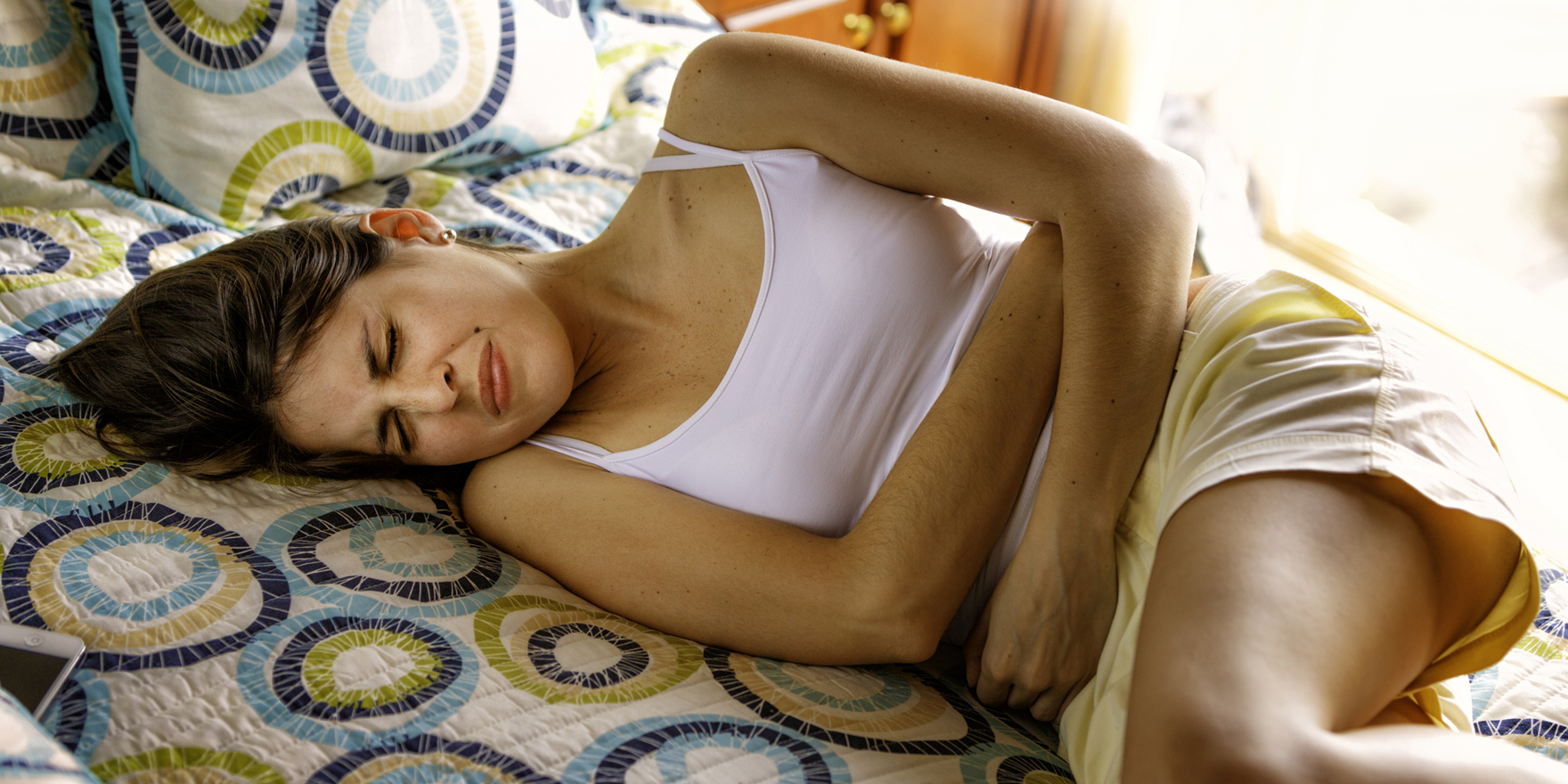While a range of non-drug options are regularly spruiked for period pain, the evidence supporting exercise has been limited
Period pain has a debilitating effect on many women around the world, and while a range of non-drug options are regularly spruiked, the evidence supporting exercise has been limited.
But now, in what could be the most thorough analysis of the literature, UK researchers have backed exercise as a tool to reduce both the severity and perhaps even the duration of primary dysmenorrhea.
The 15 randomised controlled trials included in the systematic review and analysis looked at the impact of a variety of exercise from aerobic exercise to yoga, Kegel exercises and stretching.
While the effect sizes were not huge, ANU’s professor of general practice Kirsty Douglas said the studies “all very consistently favour exercise” over usual care.
In light of the range of positives exercise has on overall mental and physical health, Professor Douglas said it was “almost a no-brainer to try”.
For women with primary dysmenorrhoea, she said investing some time and effort into physical activity as a first step would be worthwhile, “because you can do it at low or no cost and its risk profile is incredibly small”.
“Whereas as soon as you start looking at either medical or surgical interventions, you are ramping up your costs and you are ramping up your potential downsides.”
The authors said there were multiple mechanisms of action that would explain why exercise might help. The uterine prostaglandins, which stimulate myometrial contractions, are thought to play some role in period pain, and exercise reduces levels of one of these compounds.
Exercise also helps with stress and reduces the body’s sensitivity to painful sensations.
To evaluate how well exercise worked, the authors looked at pain duration in hours and how the women rated their pain intensity on a visual analogue scale. The 10cm scale ranged from “no pain” at one end to “worst pain imaginable” at the other.
In the analysis of almost 1700 participants, the authors found that exercise led to an almost 2cm reduction in pain intensity compared with those who did not exercise.
To put that into perspective, a 1cm reduction is considered by scientists to be clinically meaningful in treating endometriosis.
Overall, physical activity led to a four-hour reduction in the duration of period pain.
The research didn’t find strong support for any specific physical intervention though, and importantly, most of the available studies had a high risk of bias with heterogenous findings, the authors noted.
At most, they said there was moderate-quality evidence for physical activity reducing pain intensity, and low-quality evidence supporting reduction of pain duration.
When it came to reducing pain intensity, one intervention which incorporated jogging, relaxation and stretches led to a 4.7cm reduction. For single interventions, yoga appeared to come out on top (1.81cm), followed by Kegel exercise (1.68cm) and stretching (1.67cm) and then aerobic exercise (1.29cm).
While the authors found a substantial amount of variation among the studies and recommended caution in interpreting the results, they were reassured that the findings for pain intensity remained stable when low-quality studies were removed from the analysis.
Professor Jane Gunn, University of Melbourne’s head of general practice, said it was good to see evidence backing up the anecdotal experience she’d seen among her female patients, even if it wasn’t conclusive.
There was little in the literature telling women how long to trial physical activity for, but Professor Gunn said she would recommend they stick with their exercise intervention for three or four cycles to see if they got benefits.
AJOG 2018; September 219(3):255.e1-255.e20


